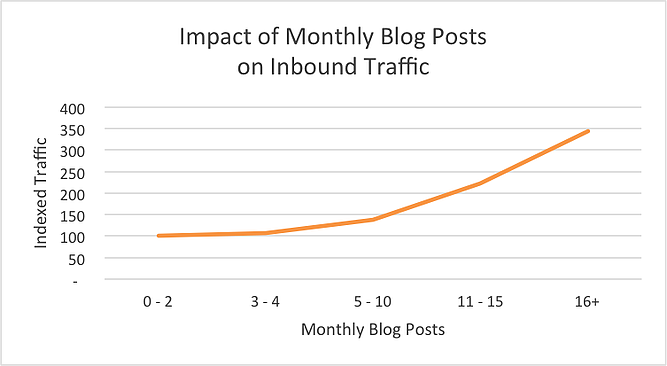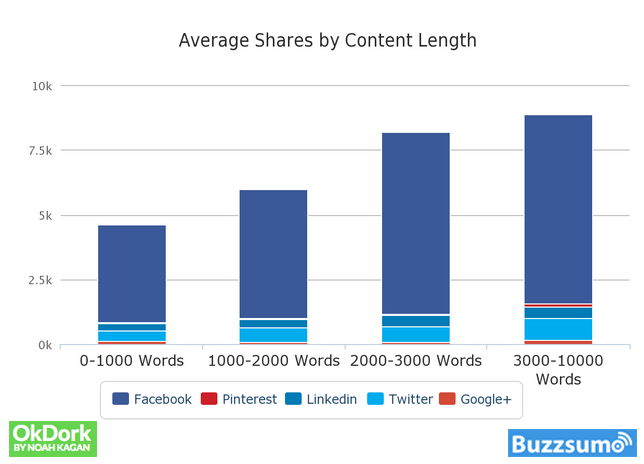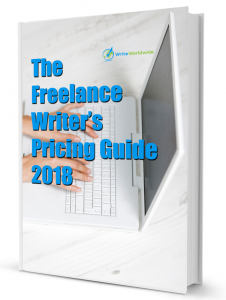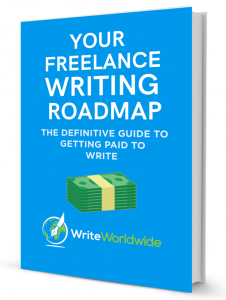Today, many businesses rely on organic traffic and SEO to generate leads and sell products.
Posting SEO-friendly blog posts to promote products organically has been one of the highest trending marketing methods for decades.
As a freelance writer, you should have an understanding of SEO and how it functions. This will allow you to work with your clients to achieve their business goals.
Also, many clients only hire writers with a background in Search Engine Optimisation (SEO), so learning it can expose you to more opportunities and jobs.
In this post, I’ll share a few tips I’ve learned from my clients’ content strategists and my personal experience to write SEO-friendly blog posts.
Tip #1: Post Regularly
If you’ve ever worked with a savvy company or client, you’ve probably noticed how insistent they are on keeping their content wheel spinning.
The secret behind this strategy is that it shows Google’s algorithms that your website is still active. As a result, Google will keep crawling and ranking it in its top results.
A study conducted by HubSpot shows that B2C companies that post 16-plus articles per month attract 4.5 times the amount of traffic as companies that post less than four posts per month. Meanwhile, B2B companies that publish 16-plus blog posts monthly enjoy 3.5 times the amount of traffic as businesses that only produce 0-4 posts.

Plus, uploading content regularly builds a backlog of articles that will attract continuous leads and traffic to your website. HubSpot has analysed their own blog’s lead generation and found out that 75% of their blog views and 90% of their leads come from posts that have been previously published.
Tip #2: Write Long-Form Content
According to an analysis by BuzzSumo, in-depth blog posts get more shares than short form articles (1000 words or less.) The graph below shows that blog posts with 3,000-10,000 words get approximately double the shares a shorter article gets.
This is not a blanket statement, however. Many websites such as Ben Settle’s blog get thousands of shares despite posting short-form content. Sites like this rank well on Google thanks to social media engagement.
But we should still rely on long-form content to scale our content on Google. Because let’s face it: not everybody is Ben Settle.
A study conducted by SerpIQ shows that just 400 words less than your competition can put you 10 results behind, as you can see in the graph below.

Personally, I’d rather read relatively short articles (around 1,200 words) that summarise information, than in-depth posts that feel like reading a book. It’s hard for me to keep my concentration over 9,000 words.
Most of us leave tabs open on their laptops for months just because they’re
However, exceedingly short-form blog posts usually lack the necessary information you’re looking for.
Therefore, you should push into different directions, as you’ll need to satisfy your audience by increasing the readability and shortness of your post, and rank well on search engines by reaching a considerable word count.
Tip #3: Use Focus Keywords Once in a Blue Moon
For articles under 400 words, SEO expert Joost de Valk from Yoast suggests a 1-2% keyword density, and less for longer texts (400 words or more.)
Include more and you run the risk of tripping keyword penalty filters. Use of focus keywords excessively in your articles and your activities can be detected and considered as spam by Google. This can significantly lower your rankings on search engines.
Many writers insert keywords repetitively and intentionally throughout their articles. To make your keyword density SEO-friendly, focus keywords must be used sparingly.
Google Webmasters, an educational YouTube channel moderated by Google, has uploaded a video entitled, “What is the ideal keyword density of a page?” back in 2011. Check it out to have a better thinking of how Google and other search engines see this.
Tip #4: Use SEO Plugins
To write SEO-friendly blog posts, WriteWorldwide relies on Yoast SEO Plugin, a WordPress tool that measures both slight and critical aspects of SEO in your articles (i.e. keyword usage, outbound and inbound links, readability, etc.)

Actually, the majority of WP-based business websites use Yoast’s tool to optimise traffic on their blogs and perform well in Google Search Results. Therefore, it’s highly recommended for all freelance writers to use Yoast to make their client work SEO-friendly.
You can also utilise other SEO plugins such as Google XML Sitemaps (a plugin that installs a file on your website where you can list your web pages to show Google how is your website organised and helps it get crawled more intelligently by web crawlers.)
These plugins, especially Yoast, can save you a great deal of time that you might spend on checking your SEO settings (having your keyword in the page title, using your keyword in the first sentence, etc.)
Even though SEO basics can be easily learned and applied, writing high-quality content is still vital if you want to rank considerably on search engines.
Nick Darlington, a member of the WriteWorldwide team, has taken over the task of assembling all the necessary tips and resources to learn writing valuable content in English in his recent post, “The Ultimate Guide on How to Improve Yoru English Writing Skills.”
After checking out his article, you can consider yourself ready to write articles that are totally SEO-friendly for your clients.
Do you have any other SEO related tips? Let us know in the comments section below.




Thanks for this. Going to install Yoast now at my new site. I’m still learning the SEO ropes. Going to start publishing Kindle books and linking at my site.
Great work, Misti! Keep it up!
Many freelancers get so overwhelmed with the SEO factors for higher ranking. They start applying them and eventually, they forget to pay attention on the most important one…content quality. I like how you said here Yassir that ‘Even though SEO basics can be easily learned and applied, writing high-quality content is still vital if you want to rank considerably on search engines.’ – this couldn’t be more true!
Hey, Ines!
I’m happy you liked my post. Quality is key.
Cheers!
Hello Yassir,
A Great and information SEO.
When I think about SEO, the first thing comes to my mind is On-Page-SEO (Post Title, Quality Content, URL Structure, Use of H1, H2, bold, italic tags, Fast loading web pages, image optimization and the description of the post.)
After publishing the post, I’ll start following Off-Page-SEO rules – Internal linking, blog commenting on other sites using the post link (Building Backlinks), social sharing and bookmarking as well.
Hi there,
I was really looking for a detailed step by step guide to do this because I was really confused about doing this.
Thanks a lot, buddy.
Keep posting good stuff. Cheers.
Hi Lancelam!
Thanks for commenting. I’m happy you found this post valuable.
Cheers!
Yassir
hi
thank you for your post. This post is very helpful for me.I read many articles but your post is very well. Your post is solved my many problems. Your tricks are very helpful for me.Thank you very much.
I pay a quick visit day-to-day a few blogs and sites to
read posts, except this blog provides quality based posts.
Hi Will,
Thanks.
Cheers,